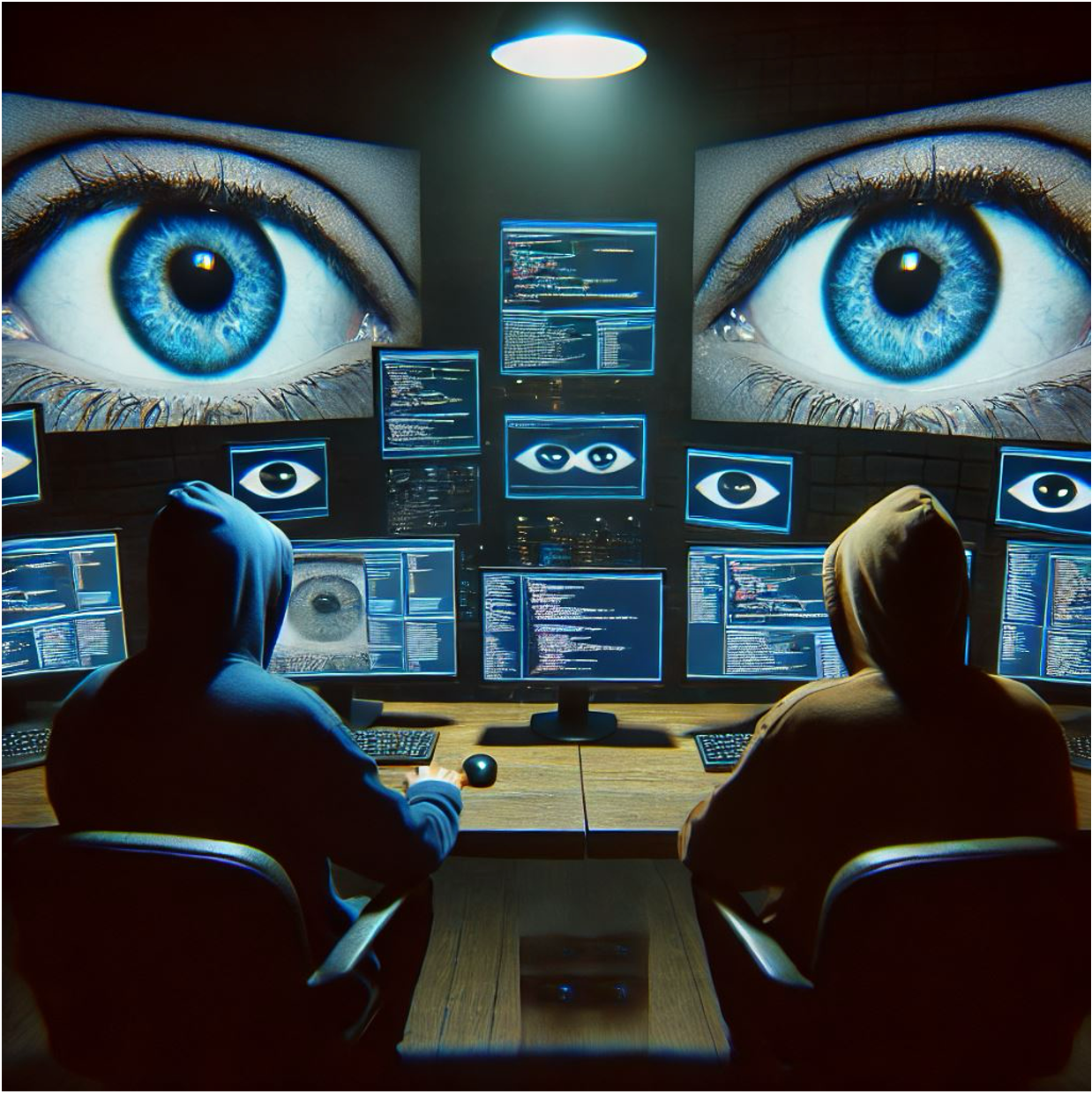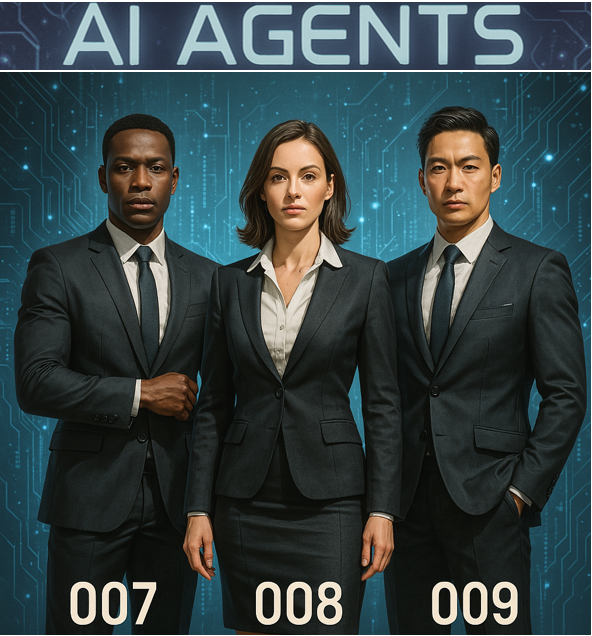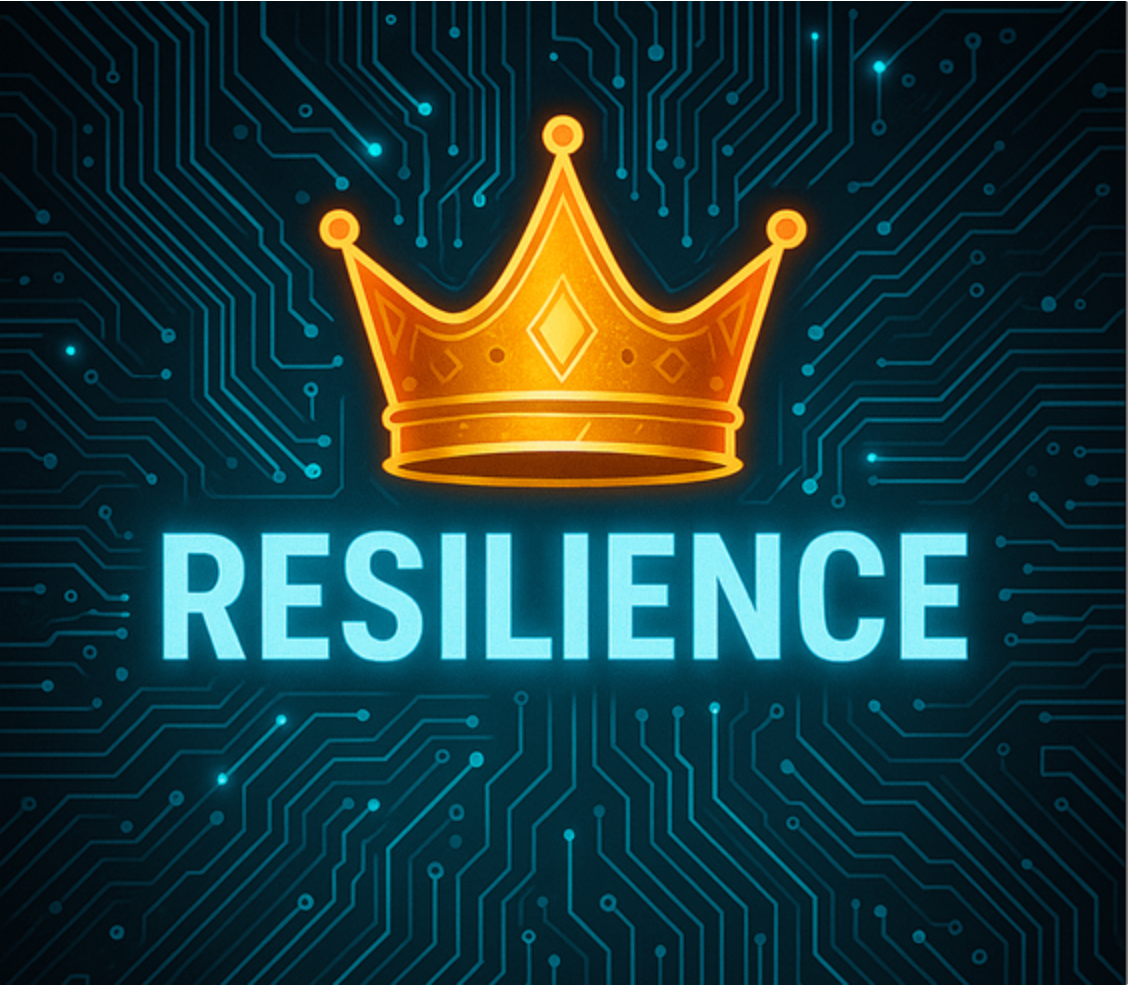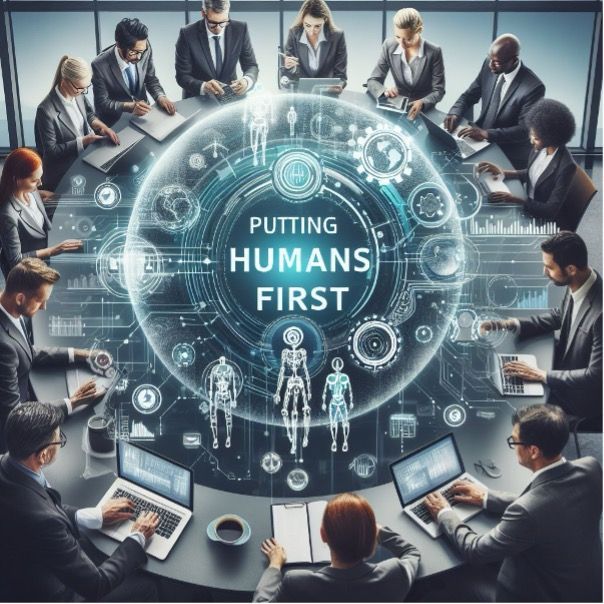Who can see into your organisation?
Beware the eyes of cyber - do you know who's looking?

Just how cybersecure is your organisation?
Physical security is just sorted – but is your cyber security?
With physical security in your organisation, it is often ‘just sorted’, you ensure your offices are locked and secure. You do this so that criminals can’t get access and steal or destroy any precious content inside – you do the same with your homes. Time, money and effort is spent, to make sure the right levels of physical security are rolled out so that you and everyone inside those buildings feels safe.
It's an obvious thing to do to secure a building - it is just sorted. But from a cyber perspective, do you as a leader, truly know who is currently trying to see into your organisation and ‘break the virtual locks’?
Is your organisation cyber secure?
Security in action
With the relative right levels of physical security invested in an organisation, it’s often easy therefore to detect criminal activity trying to physically enter a building given the range of counter measures to stop, deter or detect crime such as security alarms, security cameras, security guards and guard dogs.
If there is an attempt to physically break into the building, a security alarm sounding or security dog barking can scare off a criminal. If someone is caught by a guard or on camera gaining access to your building, action can be taken swiftly. So, with physical security you often know where, when and how a criminal has behaved i.e. tried to forcibly break into and enter your building.
But do you as a leader have the same amount of visibility across all your ‘virtual assets’ basically any device which is connected to your network both internally and externally? These devices offer a simple ‘doorway’ i.e. access to your data. Whether it’s a laptop, mobile phone, CCTV camera or a CT scanner or other Medical equipment in a hospital, it's important to understand not only where your assets are but also how they are behaving at all times. Can you see the ‘threat landscape’ easily across all your devices and systems? Do you know how many vulnerabilities there are and how to respond? If you have introduced a new system or bought some new devices, are they cyber secure? Are you able to see who is connected to your network, when they connected and what is connected?
Often the cyber issues can emanate from within your organisation as employees are unaware of the latest techniques cyber criminals are employing. Cyber criminals with the use of AI are becoming ever more sophisticated in their techniques to infiltrate and break in for example via ‘phishing’ emails or ‘smishing’ (via text). As a leader making sure your employees are up to speed and aware of the latest scams and cyber threats is increasingly important – to be alert and cybersecure. Although its often not easy to land that message as a leader given the constant barrage of other communications employees typically receive in any one organisation.
Do you have confidence in your cyber intelligence i.e. in understanding the ‘cyber threat landscape’ where nation state or impending bad actor cyber-attacks are known?

Are you confident as a leader that you have mitigated the cyber risks for example have you segmented and prioritised your most important assets to protect or alert you to a cyber-attack?
As a leader if your organisation is attacked do you have a comprehensive plan which allows you to act at speed?
Can your business recover quickly?
In Summary
Very much like physical security, cyber security is essential for organisations who do not want to be subject to criminal activity. Having the capability to detect and counter cyber threats 24x7, 365 days is something not all businesses consider holistically. Having the right platforms, people and resources to be cyber-resilient can be tricky especially with the dearth of cyber skills in the market and a range of systems and infrastructure such as firewalls to choose from for your organisation as a leader. How you approach your level of investment and resourcing to size and scale it appropriately for your organisation can be more difficult. That’s where we come in – at the Human Digital collaborative. We can collaborate with you to get your cyber security on track, so you are more aware of the ‘cyber eyes’ focused with cyber malintent on your organisation.
At the Human Digital Collaborative, we want you to be cyber-secure.
We can offer through our Business Consultancy, cyber experts who can understand your needs and see where we can help in your cyber journey. Do reach out to us – the Human Digital Collaborative.com







